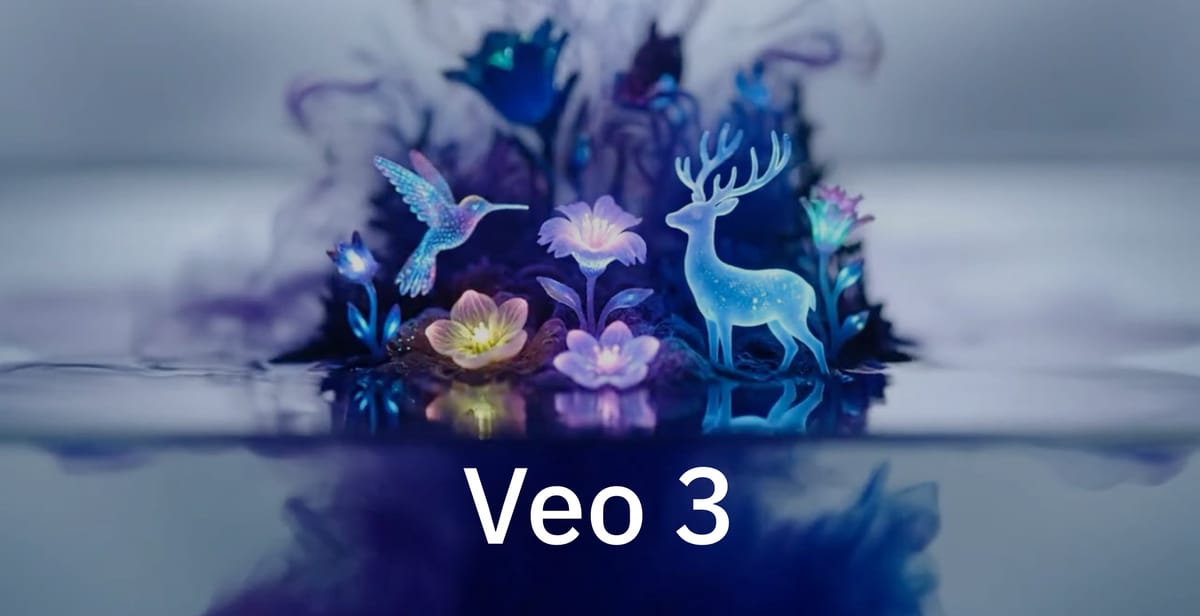
Google is giving its Veo 3 AI video generator a major upgrade: 1080p HD output, vertical video support, and lower prices. The changes make Veo more practical for developers building mobile-first and social-media tools, where short vertical clips dominate.
Key Points
- Veo 3 and Veo 3 Fast now output in 1080p HD
- New support for 9:16 vertical video format
- Prices cut nearly in half for both models
Veo 3, Google’s flagship AI video model, can now generate videos in 1080p and vertical 9:16 format. That’s a big shift from the earlier square and landscape defaults, and it puts the model squarely in line with the way most people watch video today — on phones.
Both Veo 3 and the lighter, cheaper Veo 3 Fast version now support the change. To generate vertical clips, developers just set the aspect ratio parameter to 9:16. Full HD output works the same way, using the new resolution parameter.
But here's what really caught my attention: the pricing. Google's chopping Veo 3's cost from $0.75 to $0.40 per second—a 47% reduction. Veo 3 Fast gets an even bigger cut, dropping 62% from $0.40 to $0.15 per second. For context, that means a standard 8-second clip now costs $3.20 instead of $6 on Veo 3, or just $1.20 on Veo 3 Fast.
This puts Google in striking distance of competitors like Kling AI, which charges around $10 per month for basic plans with 660 credits. Runway's standard tier runs $15 monthly for 625 credits. While Google's ultra plan still costs a hefty $249 per month for access through Flow (their filmmaking interface), the API pricing makes Veo 3 surprisingly competitive for developers and power users.
Google is showcasing some interesting use cases through developer partners. Invisible Studio claims Veo 3 has become their most-used video model in just eight weeks. Saga's using it for "previz" and "animatics"—basically letting filmmakers visualize scenes before shooting them. Mosaic's doing something clever by chaining multiple Veo 3 generations together to create longer videos up to 64 seconds, working around the standard 8-second limit.
The bigger picture here is that AI video generation is hitting an inflection point. Prices are dropping, quality's improving, and the tools are becoming practical for everyday creators, not just tech demos. Google's aggressive pricing suggests they're willing to burn cash to grab market share—classic Google playbook.
For creators, this is all good news. More competition means better tools, lower prices, and fewer excuses for boring content. Whether you're team Veo, Runway, or one of the dozen other options, the tools are finally catching up to the hype.
The changes roll out immediately in the Gemini API, where developers can start experimenting today.

